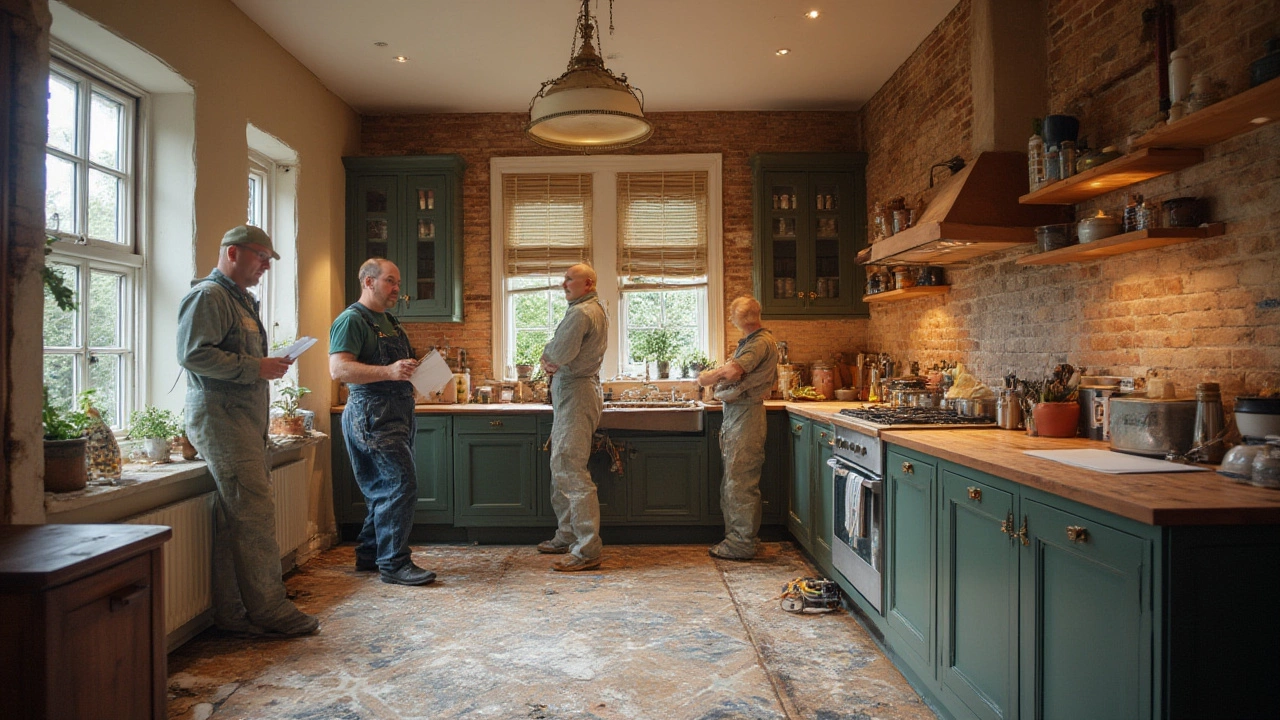Structural Repairs – What Homeowners Need to Know
When walls crack, floors slope, or doors stick, it’s a clear sign something isn’t right with the structure of your home. Ignoring these clues can turn a small fix into a costly nightmare. This guide breaks down the most common issues, how to tell when a repair is needed, and why using the right materials makes a huge difference.
Common Signs Your Structure Needs Help
First off, look for cracks that are wider than a hairline. A hair‑line crack might just be settling, but anything bigger than a quarter‑inch could mean the foundation is moving. Check doors and windows – if they jam or don’t close properly, the frame is likely shifting.
Uneven floors are another red flag. If you can roll a ball across a room and it doesn’t stay level, the joists or sub‑floor may be compromised. Listen for squeaks or banging noises in the basement; they often signal movement in support walls.
Water stains on walls or a musty smell in the basement suggest water is finding its way in. Moisture can weaken concrete and brick, leading to faster deterioration. Finally, look at the exterior: bulging bricks or gaps around the roofline point to pressure changes that a solid structure should resist.
How Quality Materials Make Repairs Last
Once you know there’s a problem, the next step is choosing the right fix. Cheap filler or low‑grade concrete might stop a crack temporarily, but it won’t hold up under stress. That’s where high‑quality limestone and other aggregates from local quarries, like the ones supplied by Lime Hillock Construction Material Resources, come in.
Lime‑based mortars are breathable, which means they let moisture escape rather than trapping it inside walls. This reduces the chance of future cracking caused by freeze‑thaw cycles. For foundation work, a mix with proper grading and the right water‑to‑cement ratio creates a strong, stable base that can handle soil movement.
When it comes to epoxy injections for hair‑line cracks, using a resin designed for structural load‑bearing areas ensures the crack stays sealed under pressure. Same goes for waterproofing membranes – a high‑quality sheet can protect below‑grade walls for decades, keeping the structure dry and strong.
Beyond the materials themselves, proper installation matters. Skilled masons know how to back‑fill with compacted stone to avoid voids that could shift over time. They also understand the 345 rule for layout, ensuring angles are exact and loads distribute evenly.
In short, cutting corners on material costs often ends up costing more in the long run. Investing in proven, local quarry products gives you a solid foundation for any repair, whether you’re fixing a cracked wall or reinforcing an entire basement.
If you notice any of the warning signs mentioned, don’t wait. A quick inspection by a qualified structural engineer can pinpoint the issue, and using the right materials will keep your home safe for years to come.
The Most Expensive Home Renovations: Kitchen, Bathroom, and Structure Explained

Wondering where your renovation dollars will disappear fastest? Explore the real reasons kitchens, bathrooms, and structural fixes top the list for the most expensive home projects.
read more



